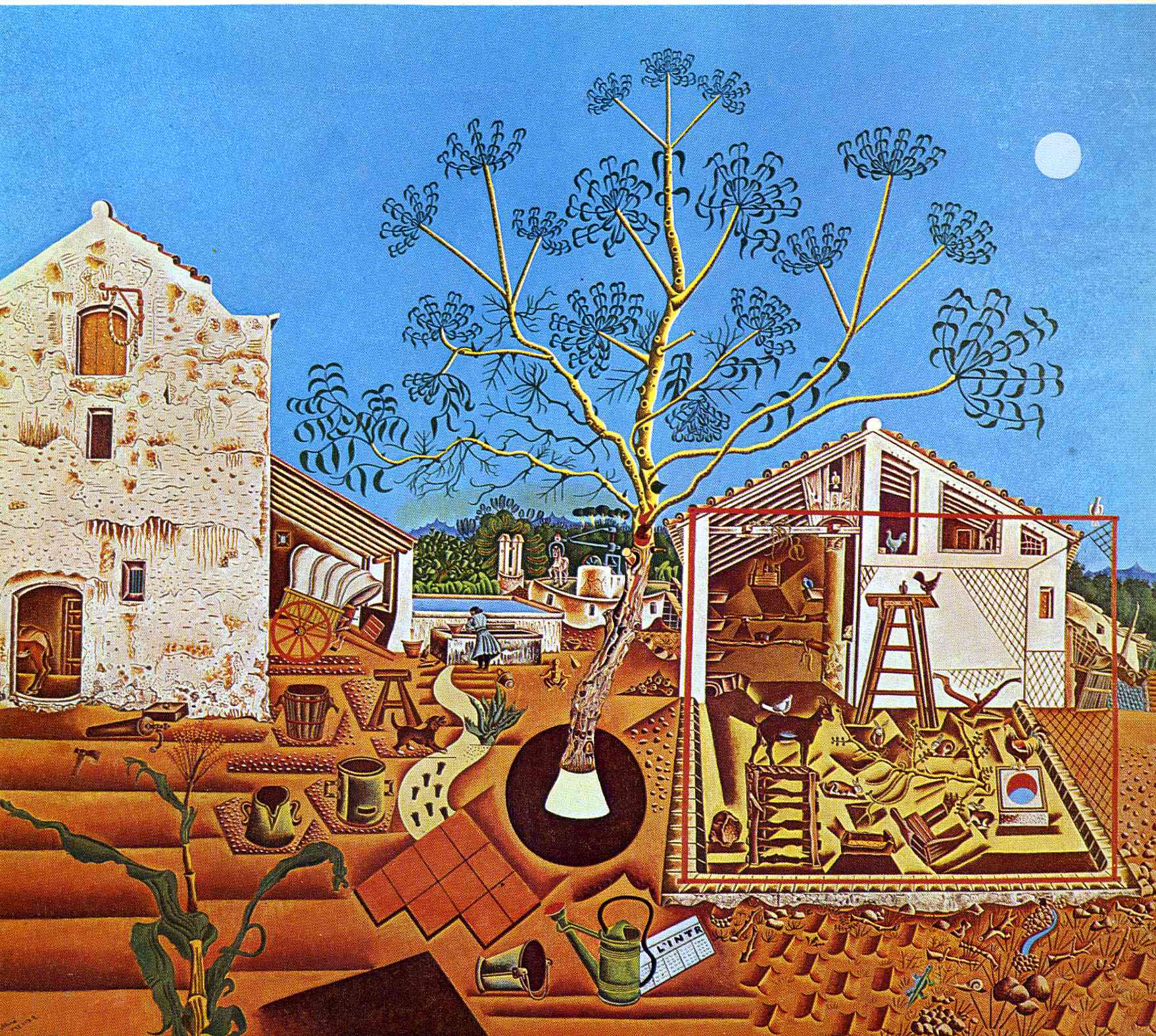The concept of “sustainability” is not a new creation of contemporary society applied to architecture. Over the last 60 years, experts from all fields of social and energy knowledge have understood that the evolution of ways of living – cities, rural areas… – has been marked by destruction and over-consumption, exploiting resources that are exponentially heading towards their exhaustion.
This widespread concern led the experts to launch a series of postulates, positions and researches in search of an energetic self-production, and a series of constructive methods to avoid the production of waste and the aggressiveness towards the environment. The first example we find is the one built by StreetFarm member Graham Caine in 1972 in London, but dismantled three years later.
Since then, “sustainability” has taken on more and more importance in the speeches of urban planners and architects, finding a titanic technological task in order to develop new and better ways to avoid thermal bridges, generate energy more efficiently, raise the temperature with fewer losses… Among many other objectives.
This technological advance, which is advancing by leaps and bounds and which is approaching the objectives set for 2018 at European level – “Nearly zero building consumption” – by means of constructions which are in many cases very expensive and which become exclusive for any small or medium investor, is in contrast to a current which is following a real race to the bottom: “Low-Tech” sustainability.

The concept takes a creaky, even humorous, name to define something that has always been there. The goal of this “new” sustainability is none other than to understand that a cave-house or a patios-house speaks of sustainability without having any notion about it, and that through small interventions of very low cost, they can be converted into houses of the 21st century in terms of energy.
Sustainable Low-Tech architecture has three basic principles:
1. Use of local or indigenous materials.
Interpretation of traditional techniques with contemporary technology, understanding the reasons for the process and the result produced.
3. To compose new rules and specific techniques within the reach of a non-specialized population, allowing a new step in the vernacular architecture of the place.
“Traditional construction and proximity materials are sustainable alternatives to advanced technological systems.”
Although it seems so, this line of research does not deny the current technology. It is not a question of denying progress in the search for the recovery of values, now outmoded, of traditional constructions; on the contrary, it is valued, studied and developed techniques that have fallen into neglect, that appear in a vernacular way in our towns and cities, and it is sought to understand their valuable points, their successes and the efficiency of their construction and result.
This approach has undeniable advantages, from the economy, objectively, to the cultural and social implications of working on the anonymous history of a construction. The extraction of autochthonous resources, valuing the result as something arising from the place itself, provides a direct relationship in the intervention with its own environment.

This branch of contemporary architecture is often combined with ideas based on the self-supply of water, food, etc. Combined with ideas from the 1950s city farm, the US green movement in 1970 and even the PROVOs in Copenhagen – which led to the creation of Christiania. In this way, the result is an indigenous architecture, where energy, products and even the way of inhabiting, seeks to blend in a fundamental way with pre-existence, in the least invasive and aggressive way possible.
The movement thus becomes a philosophy of life, in a constant search for indigenous values and typical of each place to produce the best architecture, away from seriousness and motives, seeking the rationality of detail.
Header: Iglesia de San Ildefonso – Granada. Ph: Fernando Alda.